J-STORIES - Demand for concrete has increased alongside rapid urbanization around the world. However, due to the burning of limestone during the production of cement, a key ingredient of concrete, it is also a major source of CO2 emissions. Countries including Japan have pledged to become carbon neutral by 2050, but to make that possible the decarbonization of concrete is vital.
Fortunately, Japan is making rapid progress on the development and practical application of world-leading products and technologies to address this issue. These include capturing, fixing, and recycling CO2, the use of limestone substitutes when making cement, and even the construction of environmentally friendly buildings and houses.
In this context, the spread of “carbon-negative” concrete is attracting particular attention. This is concrete that has net CO2 emissions of less than zero during its production. In other words, it can actually reduce the amount of CO2 in the atmosphere.
.jpg)
In 2008, Japanese construction company Kajima Corp. developed and put to practical use the world’s first carbon-negative concrete, CO2-Suicom. Since then, the product’s use has increased, including as small paving blocks for architectural construction.
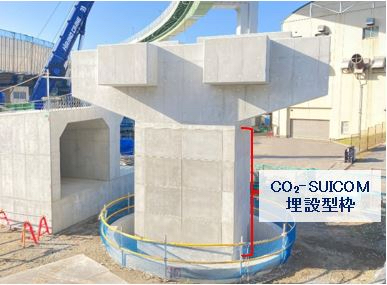
Although technology to reduce CO2 emissions during concrete production, such as replacing part of the cement with other materials, has existed for some time, carbon-negative concrete is a relatively recent development. CO2-Suicom not only reduces cement use through a substitute called γ-C2S, but this special admixture itself absorbs large amounts of CO2 as it hardens, making it possible to achieve negative CO2 emissions during production.
Goro Sakai, who heads research at the Kajima Construction Technology Research Institute, says, “There are still no examples of CO2-absorbing products in wide use anywhere in the world. We receive a huge number of inquiries from abroad.”
He is confident of the product’s potential, saying, “Bearing in mind that concrete is the second-most-used material after water, popularizing this product and technology would have a huge impact on the world, and contribute greatly to society.”
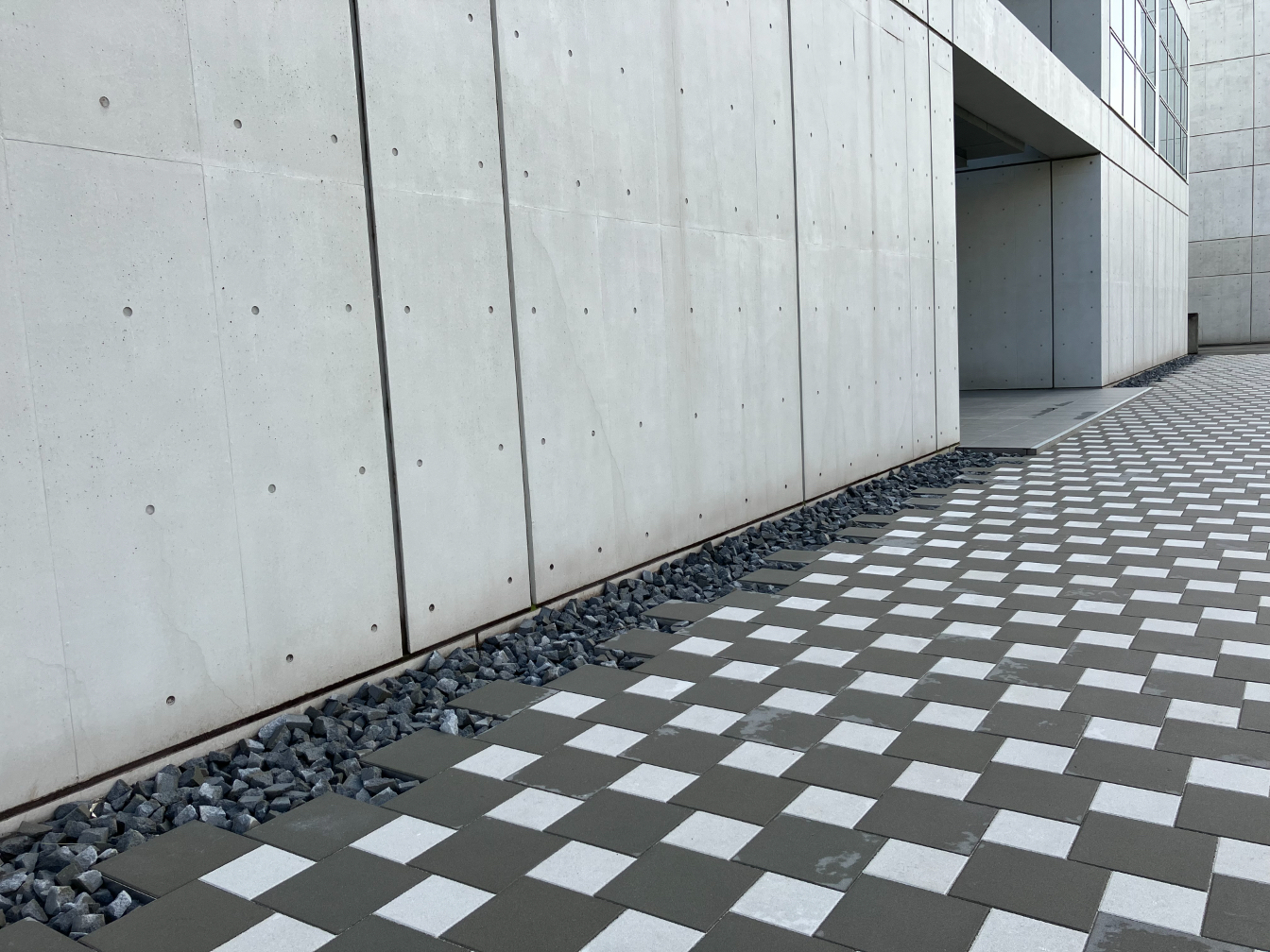
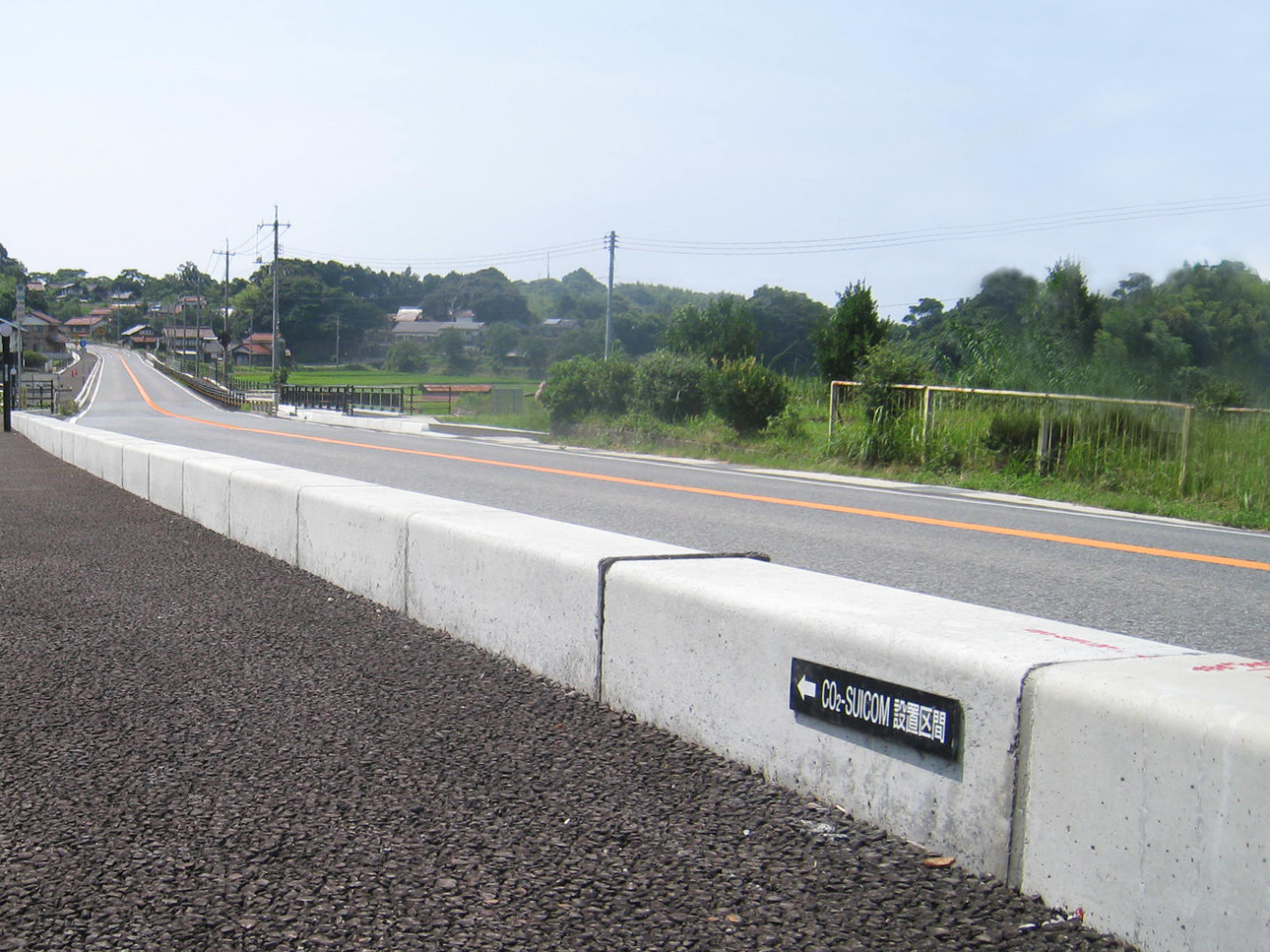
This year, Kajima launched a new grade of CO2-Suicom, which can be used to cast large concrete components for civil engineering projects. This new CO2-Suicom E (economy) costs less than regular CO2-Suicom P (premium) and is not carbon-negative. But it has been designed to still significantly reduce CO2 emissions. The company is also developing CO2-Suicom products such as a large 1-by-2-meter concrete retaining wall slab (used to prevent slopes from collapsing when soil has been removed).
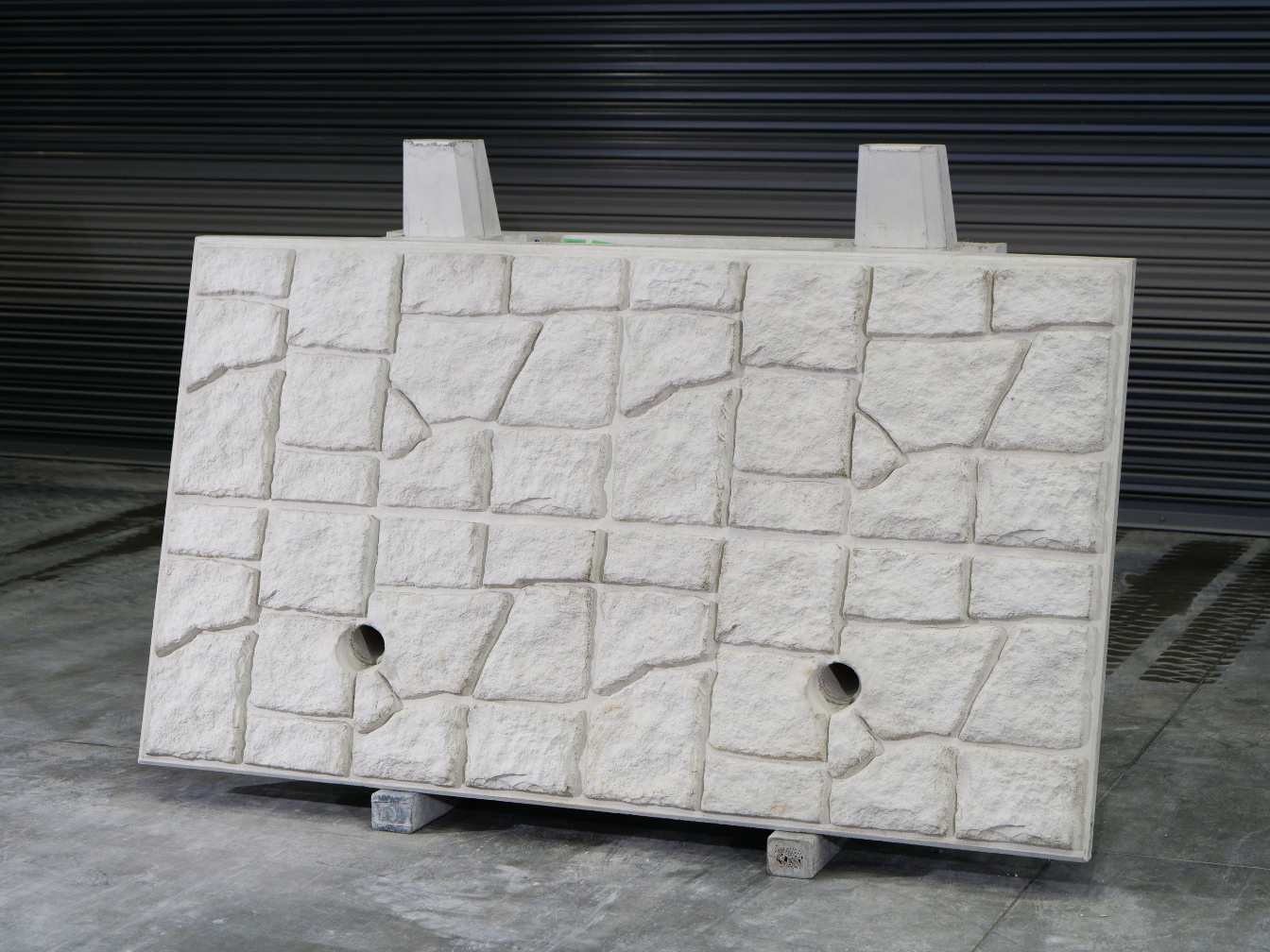
“[Dealing with] climate change and reducing CO2 are issues that face not just Japan, but the whole world,” says Sakai. “When we considered what we could do toward that goal, we felt that bringing out CO2-Suicom products that were a little larger would be useful for the world. We plan to work together with a precast concrete manufacturer to make these large products.”As well as CO2-Suicom, Kajima Corp. has developed several other environmentally friendly concrete products, including its “ECM” reduced-cement concrete, which replaces cement with materials such as industrial by-products, and CO2-fixing concrete. It plans to use these products and achieve CO2 reduction in situations when CO2-Suicom is not suitable.
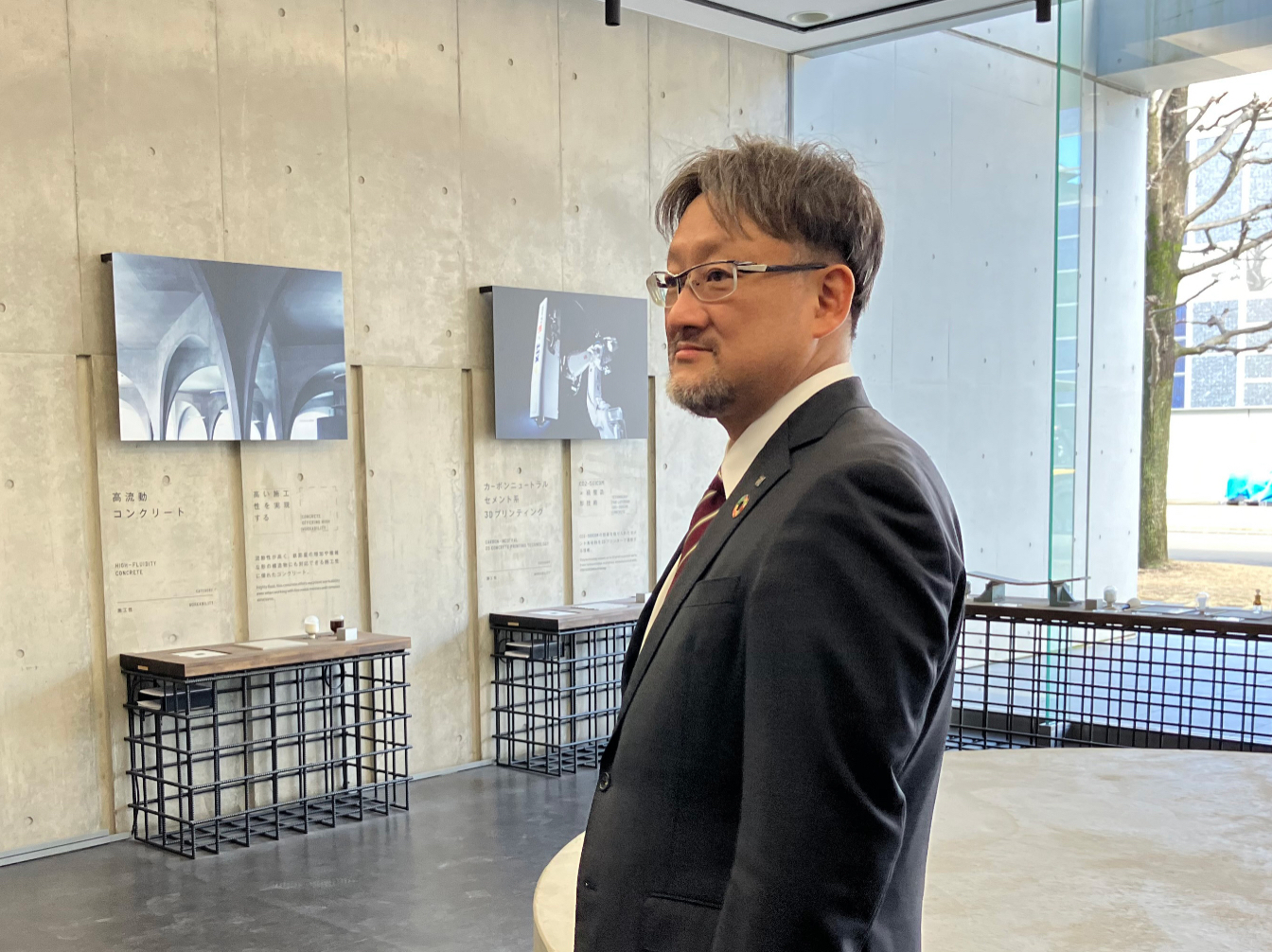
In accordance with the United Nations Framework Convention on Climate Change (UNFCCC), the Paris Treaty, and the Conference of the Parties (COP), Japan’s government prepares and submits to the UN an annual inventory of greenhouse gas emissions and absorption. This April the data for emissions and absorptions in Japan for 2022 was announced, and for the first time in the world absorption (CO2) fixation by environmentally friendly concrete, including CO2-Suicom, had been calculated and reported. In response to this official calculation of CO2 absorption, Japan’s Ministry of the Environment is considering including CO2 absorbed by concrete in the government’s J-Credit scheme, allowing it to be sold as credits.
“Our development work is supported by a desire to contribute to society,” says Sakai. “First we want to firmly establish this technology in Japan, then spread it all around the world.”
Translated by Tony McNicol
Top photo: Kajima Corp.
For inquiries regarding this article, please contact jstories@pacificbridge.jp
***
Click here for the Japanese version of the article.
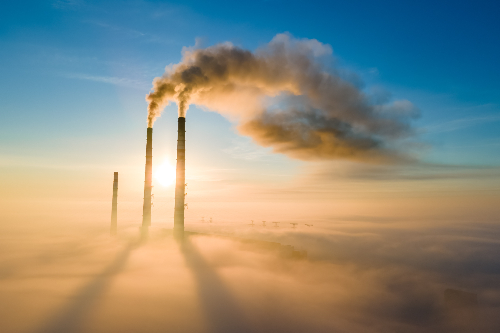
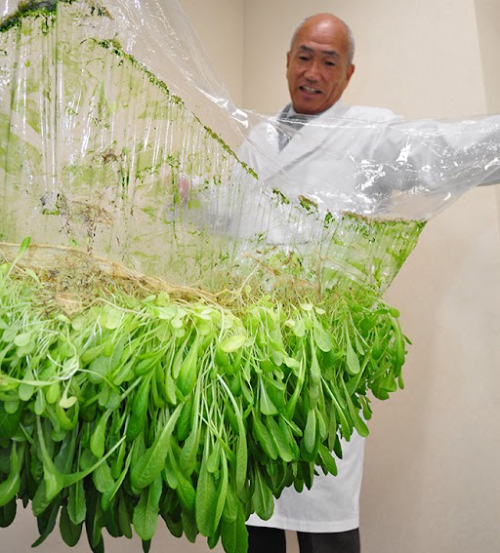
_smallthumbnail.jpg)
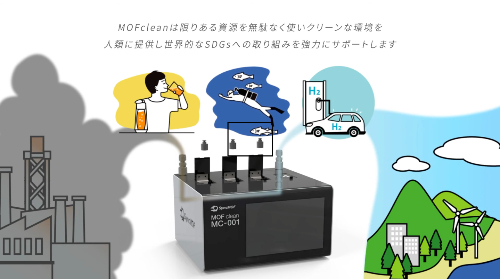
![[Interview: Part 2] A digital approach to tackle child hunger in Japan with dignity](https://storage.googleapis.com/jstories-cms.appspot.com/images/1766130666509unnamed_bigthumbnail.jpg)
![[Podcast] Japanese technology to supercharge human fertility (Part 2)](https://storage.googleapis.com/jstories-cms.appspot.com/images/1765863548035unnamed-7_bigthumbnail.jpg)
![[Podcast] Japanese technology to supercharge human fertility (Part 1)](https://storage.googleapis.com/jstories-cms.appspot.com/images/1765440905082unnamed_bigthumbnail.jpg)
_bigthumbnail.jpeg)






![[Interview] When digital and physical worlds meet](https://storage.googleapis.com/jstories-cms.appspot.com/images/1747974430456unnamed-2_smallthumbnail.png)




_smallthumbnail.jpeg)

![[Interview: Part 1] From nourishing souls to feeding the hungry](https://storage.googleapis.com/jstories-cms.appspot.com/images/1763695595492unnamed_smallthumbnail.jpg)

